Irrigation Opening
Opening Cost Calculator
Check-Up / Service Call
Full inspection, diagnostics, pressure testing, and system adjustments.
BOOK ONLINEUsually, the price for irrigation opening is $90 + tax. The price can vary if the system is commercial or big residential.
GET IT NOWBasically, the price for winterization is $100 + tax. The cost can vary if the system is commercial or big residential.
GET IT NOWPrices start at $550 per zone. We use Hunter and Rain Bird materials. 5-year warranty. Parts and labor are included.
GET IT NOWLED fixtures start from $250 due to long lifespan and reduced maintenance costs. Parts & labour are included.
GET IT NOWResidential sod averages $1.10–$3.50 per sq.ft. Commercial starts at $0.75. Labour is included.
GET IT NOWFrench drainage installation cost ranges $25–$40 per foot depending on complexity. Parts and labor are included.
GET IT NOWFull inspection, diagnostics, pressure testing, and system adjustments.
BOOK ONLINE

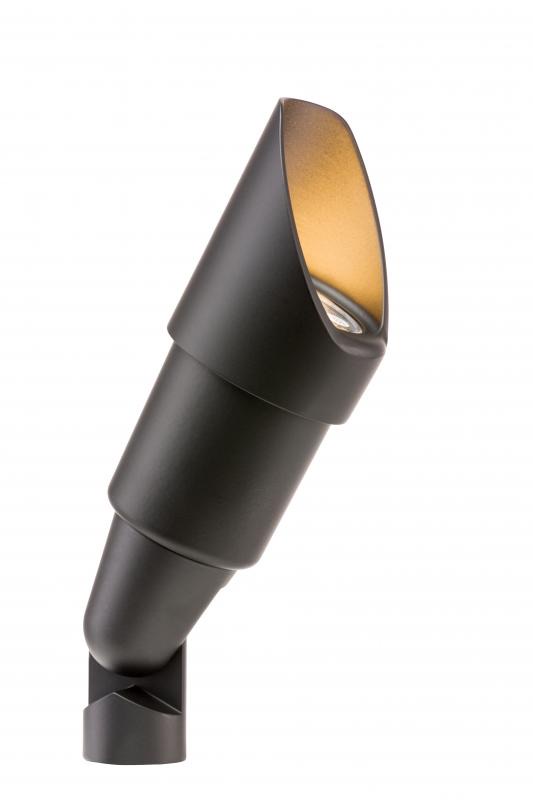
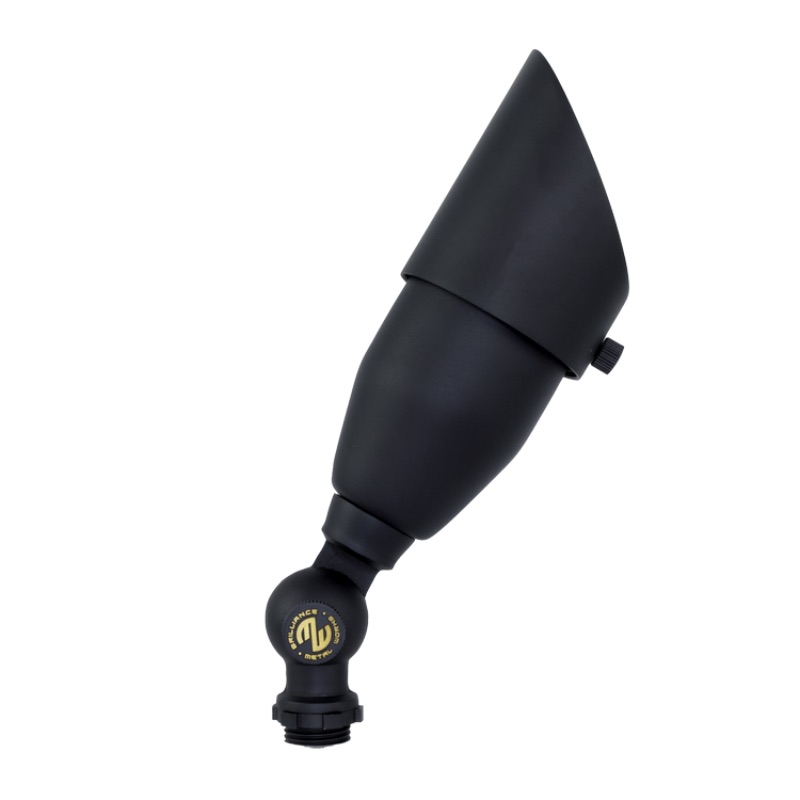


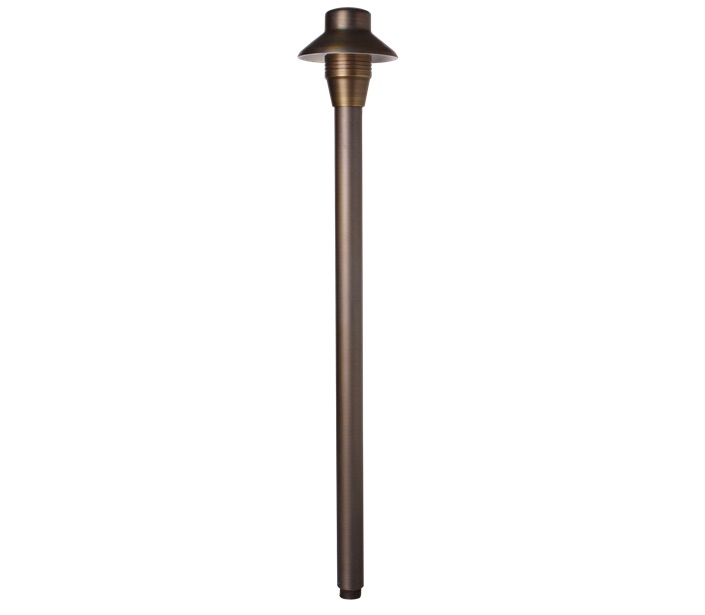
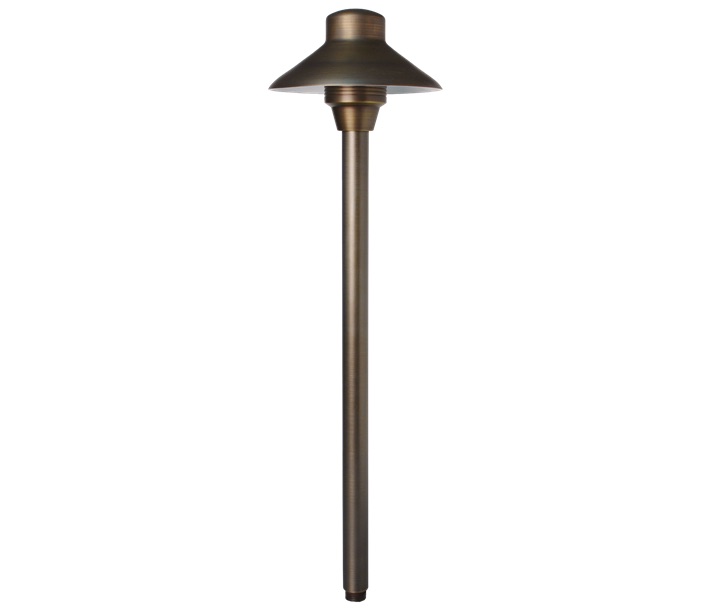

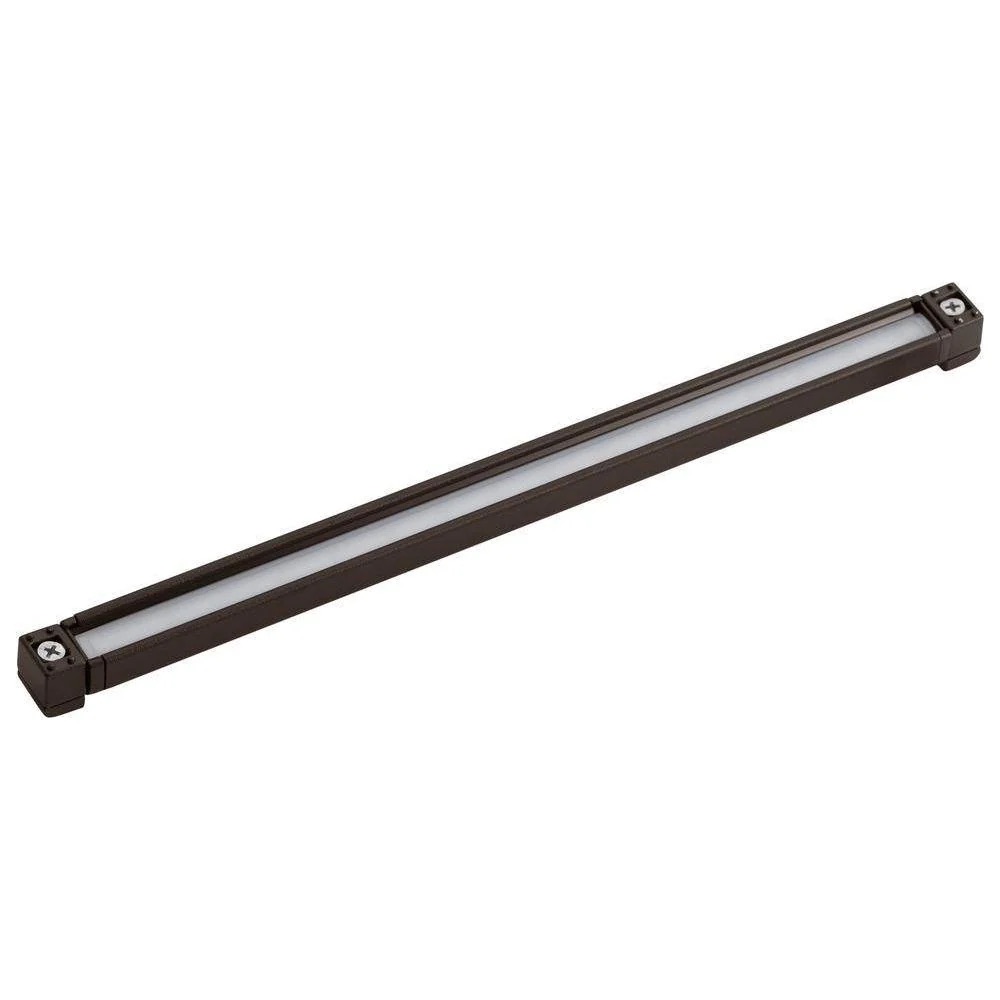
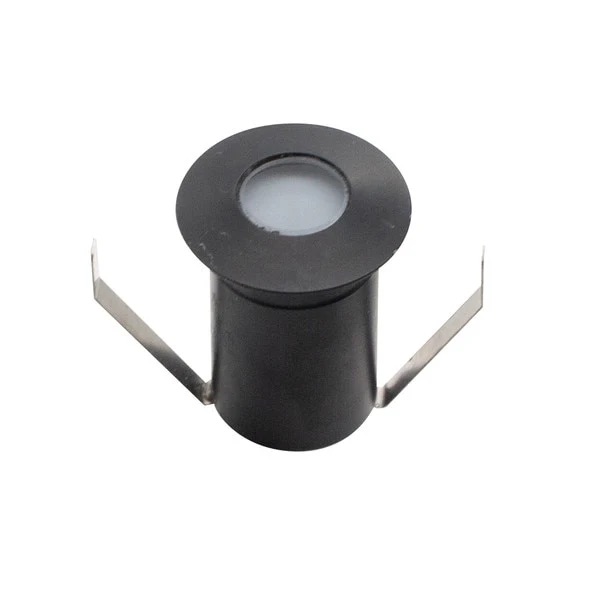
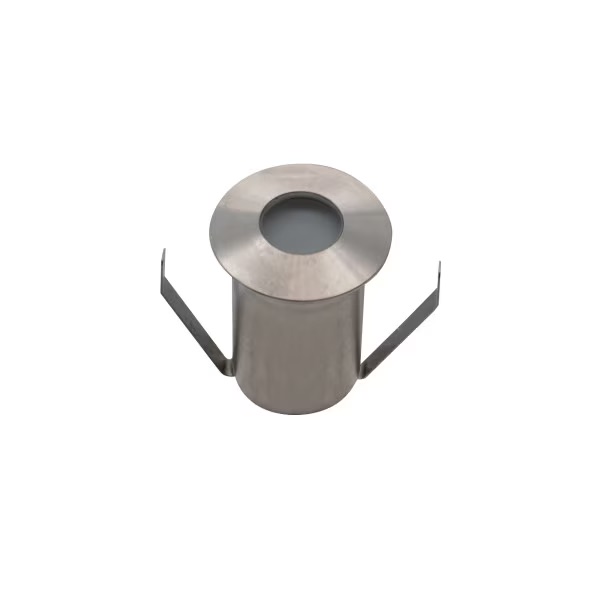
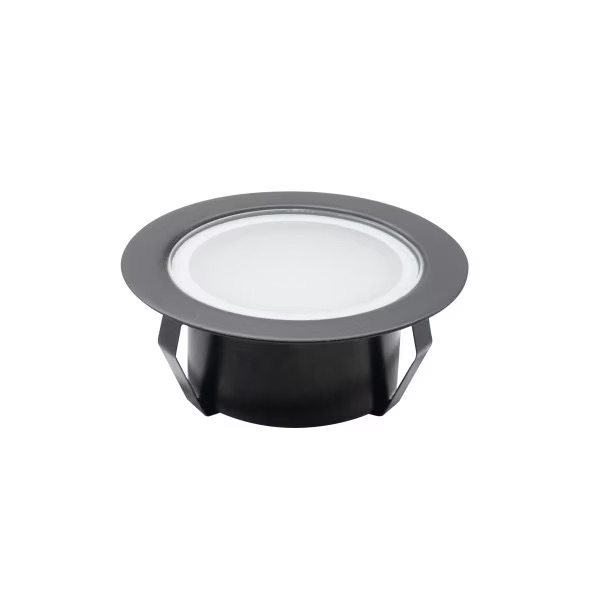
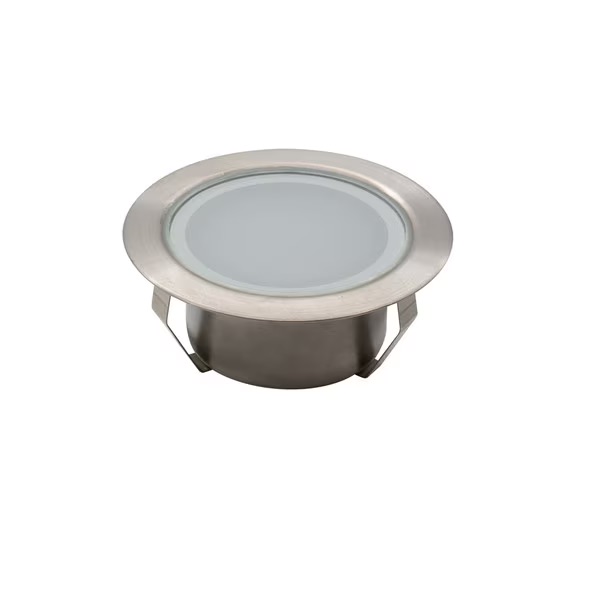
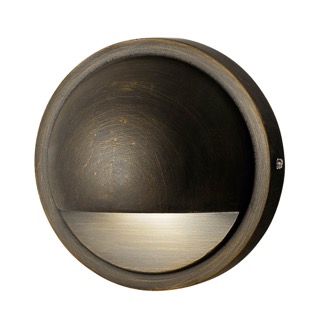
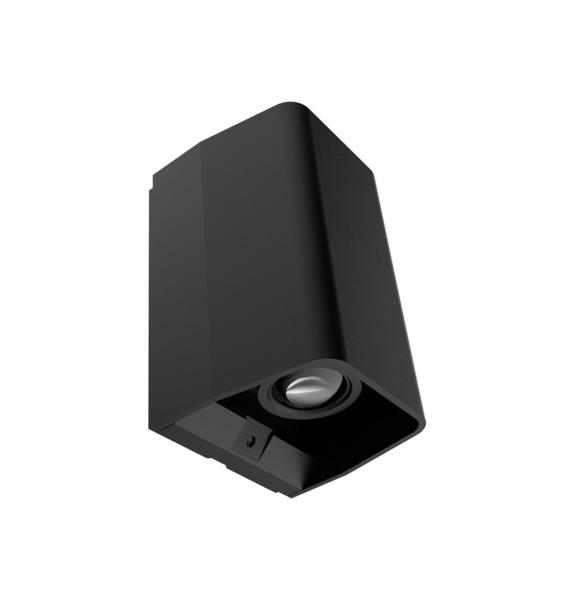
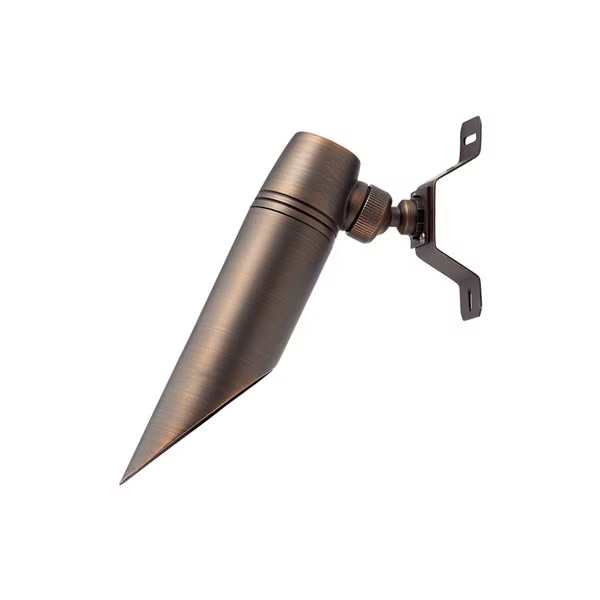
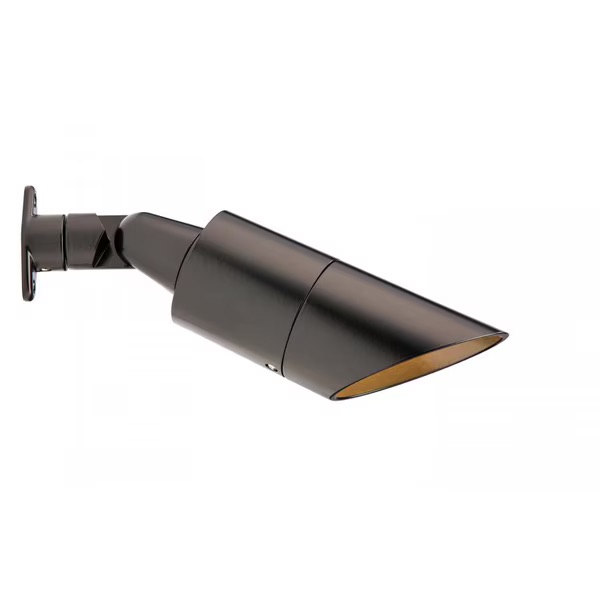





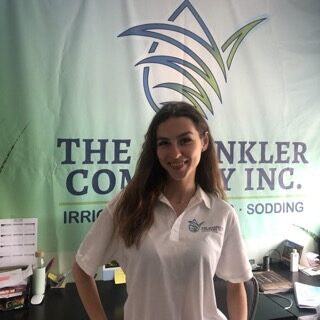




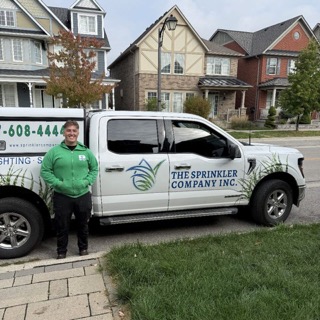
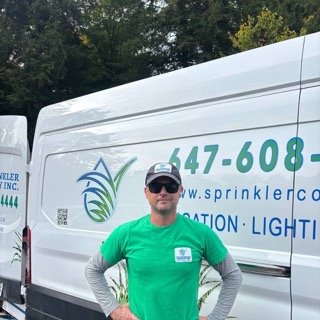

Professional irrigation design is essential in the proper uniform distribution of water across diverse zones in commercial property. According to the EPA’s WaterSense program, badly planned systems can result in as much as a 50% water loss in case of overland, evaporation, and overlap. However, a well-organized system that implements hydrozones, pressure regulation, and head-to-head coverage can provide a reduction in water use varying from 20 up to 60% depending on the landscape size and the type of vegetation. On extensive commercial properties, there is typically a combination of zones for different uses: turf, trees, shrubs, and planters, each with different watering requirements. If the design is not customized, some areas may be watered excessively while others might be parched. Furthermore, the present-solution systems combine data on ET (evapotranspiration) with intelligent controllers that help significantly in saving water during the rainy season or the winter season. It’s also possible to save money if you take the ROI into account, and a business client can expect to save between $3,000 and $10,000 on their building’s annual water bills in the case of a building that has an area of more than 50,000 square feet. Designing it properly also means that a system will last for a long time, will not need to be repaired frequently, and will meet the regulations of the local government, knowing that water in the region is a scarce resource like in Ontario. Hiring only those who have been certified for irrigation and layout is no longer a matter of choice—it is both a financial and environmental must.
Professional irrigation design is essential in the proper uniform distribution of water across diverse zones in commercial property. According to the EPA’s WaterSense program, badly planned systems can result in as much as a 50% water loss in case of overland, evaporation, and overlap. However, a well-organized system that implements hydrozones, pressure regulation, and head-to-head coverage can provide a reduction in water use varying from 20 up to 60% depending on the landscape size and the type of vegetation. On extensive commercial properties, there is typically a combination of zones for different uses: turf, trees, shrubs, and planters, each with different watering requirements. If the design is not customized, some areas may be watered excessively while others might be parched. Furthermore, the present-solution systems combine data on ET (evapotranspiration) with intelligent controllers that help significantly in saving water during the rainy season or the winter season. It’s also possible to save money if you take the ROI into account, and a business client can expect to save between $3,000 and $10,000 on their building’s annual water bills in the case of a building that has an area of more than 50,000 square feet. Designing it properly also means that a system will last for a long time, will not need to be repaired frequently, and will meet the regulations of the local government, knowing that water in the region is a scarce resource like in Ontario. Hiring only those who have been certified for irrigation and layout is no longer a matter of choice—it is both a financial and environmental must.
The Role of Irrigation Design in Commercial Landscaping
Rigorous site assessments are at the base of all irrigation design and directly impact the performance of the system and its cost-efficiency. Landscaping professionals and irrigation designers look into the slope gradients, solar exposure, soil type, plant groupings, and the distance to the building. For instance, clay soils need longer watering intervals with slower rates to prevent the water from pooling, while sandy soils may require quicker and more frequent watering. Furthermore, dark areas usually consume 30-50% less of water than the bright sunshine areas. Disregarding these facts will result in overwatering, more plant death, and high utility bills. In the case of business operations, elevations replaced within the parking medians, lawn areas, and courtyards will need pressure-regulated heads to give a uniform water distribution across them. Planners also examine water sources—city lines, wells, or cisterns—for flow rates and pipe sizing. A site with 80 PSI could need pressure-reducing valves (PRVs) to protect drip lines and mist heads. For example, in Toronto, the building regulations usually insist on a backflow preventer, especially if it is near the potable systems. Proper assessments save costly reworks, reduce the risk of water damage, and set up irrigation zones that are in line with real-life field conditions.
The Role of Irrigation Design in Commercial Landscaping
By zoning the irrigation system, it is being divided into parts, referred to as “zones,” where each of them has its water requirement set. Normally, a standard commercial property could contain 15 to 50 zones depending on the diversity of its landscapes and the size of the property. The watering needs of different surface types are not only different but also change in time i.e., they consume different water volumes and vary in their need for water. For instance, turf may require 1–1.5 inches of water weekly, while a plant that is tolerant to low moisture levels may only require 0.5 inches of water. It should be noted that without the zoning the overall system would water all areas at the same rate, which would result in some areas being too wet, while others would be dehydrated. Zoning takes into account the pressure differences that also exist. When dealing with a 2-acre shopping plaza, designers come across changes in the inclination of the ground, resulting in fluctuations of the flow rate. The usage of a zoned system prevents it from delivering unreliable results, and thus, the system can be regulated with pressure-compensating valves and the additional pipelines for the low-flow forms like drip irrigation. Furthermore, based on different watering schedules that are set by water authorities, and seasonal changes, the smart controllers in the zones can be programmed to water in different ways with zones varying in their device, thus a little irrigation effect is felt in one part of a field. Maintenance staff can now shut down and reopen any area of a system without necessarily going in for the whole shut down. Virtually, it is also in a position to be able to give off other purposes that are related to other areas, even while one sector is not in operation by which the desired output can still be achieved without the need to shutdown the whole plant and finally yet just to have all of it running.
The Role of Irrigation Design in Commercial Landscaping
Smart irrigation controllers are really useful in water management that is entirely changed through the commercial buildings. Basic timers make use of weather, soil moisture, and local settings to adjust the irrigation run times with the help of smart controllers, unlike the smart controllers. So, for example, irrigation systems like Hunter Hydrawise and Rain Bird ESP-Me have the facility of using local ET data and the weather prediction statistics to regulate the watering times on a daily basis. Commercial systems stand to make substantial water savings of up to 40% by using smart controllers in line with the information given by the Irrigation Association. These gadgets prove to be of utmost importance to the venues containing 25+ zones or to the ones that are controlling water budgets at various sites throughout the year. Most of these go further to show the efficiency of their devices by adopting cloud-based management platforms which can be accessed via smartphones or directly using a desktop. To put it another way, if a corporate park has an area of 1 acre with a water usage of 100,000 gallons monthly, the use of a smart controller can lead to some consumption of around 60,000 – 70,000 gallons thus saving between $300 – $500 in water cost per month. Furthermore, the smart system with the alarms for leaks or irregularities in the flow not only saves money on maintenance but also discovers the issues before they become more critical.
The Role of Irrigation Design in Commercial Landscaping
To ensure that water is distributed evenly and that the system remains operational, maintaining proper water pressure is of paramount importance. A pressure of 30 PSI is commonly used for a spray’s head, while 45 PSI is needed for rotors. In case of excessively high pressure, due to its misting and fogging nature, the loss of water can reach 10–25%. Conversely, lack of pressure results in uneven and brown areas. For the large commercial systems with various elevation changes, the pressure difference among them can be more than 15–30 PSI, so the pressure-regulating heads or valves must be employed as a must-have. For example, a 20-foot height increase can lead to a pressure surge of 8.7 PSI, which needs to be neutralized to avoid sprinkler damage. The system will be also stabilized through master valves at the POC and the installation of pressure-reducing stations by planners at many points. In places such as high-rise commercial buildings, advanced solutions may be utilized, like booster pumps which assist in the maintenance of water flow. Incorrect pressure results in water wastage, a higher frequency of repairs, and, as a result, shortens the life of heads and valves.
The Role of Irrigation Design in Commercial Landscaping
The different types of irrigation heads, such as spray, rotor, and drip emitters, are primarily the ones used for the application of your design. You will be able to select the most suitable one for each zone that will result in direct improvements in water distribution, plant health, and operational costs. For example, the fixed droplets are the most suitable for the smaller zones which are less than 15 feet and deliver 1.5–2 inches per hour. The water application can be up to 30 feet by a rotary nozzle which at the same time is slower—0.5–0.75 inches per hour, however, they consume less water. Drip emitters are going to be the perfect option there as they can provide 0.5–2 gallons per hour straightly to the plant’s root, which makes them perfect for planters and shrub beds. The misuse of these heads will double water losses by 30–50%. In educational institutions and business parks, the maintenance of durable low-head drainage prevention heads with check valves is highly recommended. With the example of Rain Bird HE-VAN high-efficiency nozzles, a 20-30% lower water consumption rate can be achieved than that of standard nozzles. A system that employs 200 heads running 30 minutes a day can waste over 3,000 gallons of water a day—by kind of improving the performance of the heads it is possible to significantly shrink that number.
The Role of Irrigation Design in Commercial Landscaping
Weather sensors are crucial to develop smart and adaptive irrigation systems. Rain sensors are used to prevent irrigation when it is raining or has rained, and thus, they conserve water and protect it from being wasted. For instance, the Mini-Clik rain sensor from Hunter stops watering after rain of 1/8 to 1 inch—a simple measure which can save up to 15–25% on the annual basis. Frost sensors demand that the system not be activated when the temperature gets so low that the water in the pipes is likely to freeze. Technologically advanced solutions such as ET sensors or weather station integrations that track evapotranspiration, temperature., solar radiation, and humidity rather than time-based will further discussions on this topic have been used to monitor the watering needs of crops. According to the 2023 EPA report, commercial landscapes equipped with weather-based sensors saved an average of 38,000 gallons per acre annually. In the case of a 10-acre land, it indicates a potential saving of 380,000 gallons, which translates to nearly $2,000 in water cost reduction per year. By incorporating these sensors, it means we have smart systems that will operate without human intervention to make the necessary adjustments needed on a daily basis, thus maximize the efficient use of water.
The Role of Irrigation Design in Commercial Landscaping
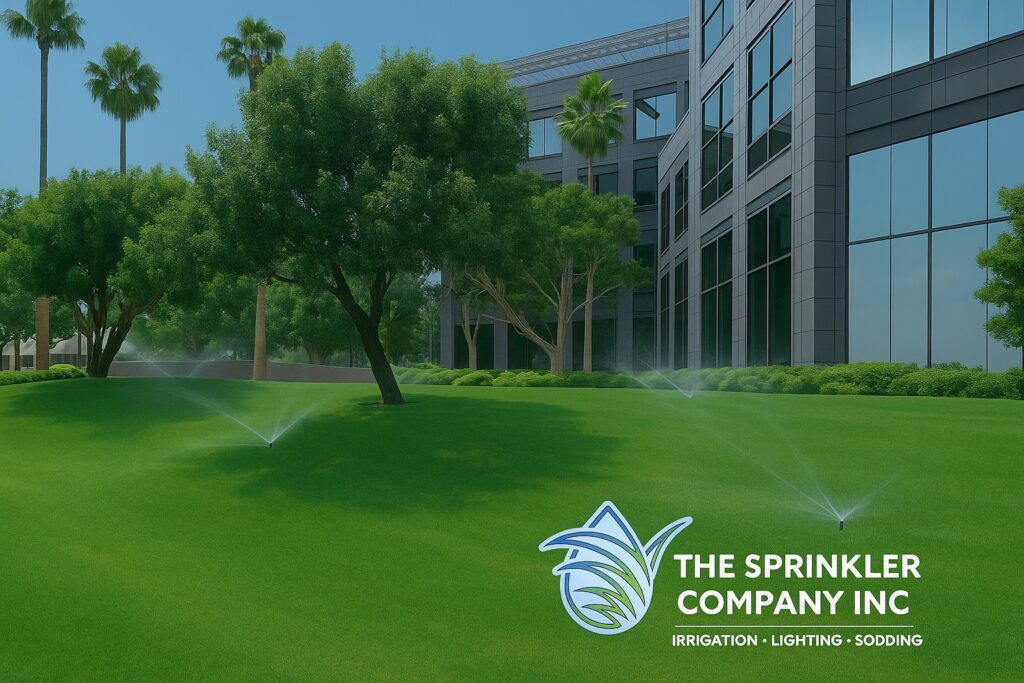
Our Partner
The Role of Irrigation Design in Commercial Landscaping